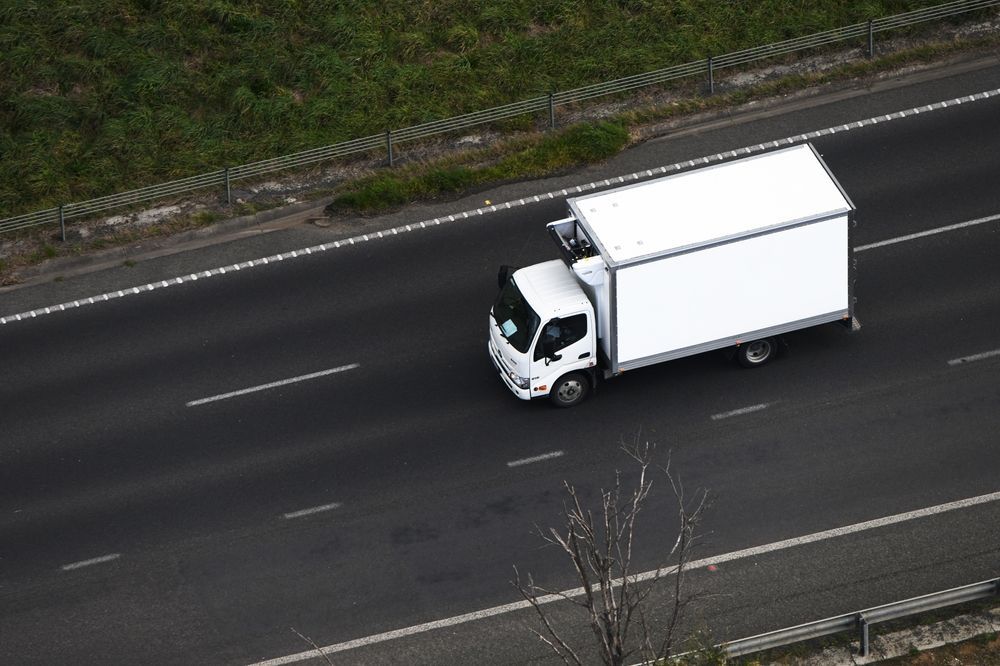Best Practices for Shipping Temperature Sensitive Products
Shipping temperature sensitive products requires precision, planning, and compliance with strict standards. From frozen foods to refrigerated ingredients, these goods must remain within a controlled environment from pickup to delivery. For small to mid-sized shippers in the Chicagoland area, the challenge is not just moving freight, but protecting product quality and building trust with customers. Success depends on careful preparation, reliable carriers, and the right transportation partner.

Why Temperature Sensitive Shipping Matters
Cold chain shipping is essential because temperature fluctuations can directly impact product safety and quality. Frozen or refrigerated products that fall outside their required temperature range may lose freshness, spoil, or even pose health risks. For food manufacturers and distributors, a single compromised shipment can mean thousands of dollars in losses and long-term damage to customer relationships.
Maintaining strict control throughout the supply chain not only protects your freight, it also ensures you meet growing consumer expectations for transparency, safety, and consistency. For shippers managing multiple weekly orders, getting this right every time is critical.
Common Risks in Shipping Temperature Sensitive Products
The biggest risks in cold freight often come from small mistakes that lead to big consequences. A delay at loading, doors left open too long, or an unmonitored trailer can expose products to unsafe conditions. Even brief temperature swings can make a shipment unsafe or unacceptable to customers.
Documentation errors are another common risk. Without accurate records, it becomes difficult to prove compliance with food safety regulations or to settle disputes with receivers. Shippers who fail to account for these risks may face rejected loads, regulatory penalties, or strained customer relationships.
External factors add another layer of risk. Traffic delays, rerouted trucks, or extreme weather can quickly compromise delivery windows. Without real-time tracking and proactive communication, these disruptions often lead to freight arriving late or outside safe temperature ranges. For many shippers, the financial impact of a single rejected load does not stop at the cost of goods—it can also include disposal fees, replacement costs, and the loss of future orders.
Regulatory Standards Shippers Need to Know
Cold freight shipping is governed by several important regulations. The Food and Drug Administration (FDA) enforces the Food Safety Modernization Act (FSMA), which requires sanitary practices during transport. The United States Department of Agriculture (USDA) provides additional oversight for certain categories, including meat and poultry.
HACCP, or Hazard Analysis Critical Control Point, is another critical system that identifies and controls potential hazards in food handling, including those that occur in transportation. These frameworks exist to safeguard consumers and ensure products maintain their integrity throughout the supply chain.
Shippers who understand and follow these standards reduce risk, protect brand reputation, and demonstrate their commitment to safety. Partnering with carriers trained in regulatory protocols is one of the most effective ways to stay compliant.
Packaging and Preparation Best Practices
Success in cold chain shipping starts before the truck arrives. Packaging plays a critical role in protecting freight. Products should be securely packed with materials that help stabilize temperature, such as insulated liners, gel packs, or dry ice when appropriate. Pallets should be stacked to allow airflow between products, and shrink wrap should be applied carefully to prevent air circulation issues.
Trailers must also be precooled to the correct temperature before loading begins. This is especially important for frozen goods, which require tighter control compared to chilled products. For example, frozen items must stay at subzero temperatures, while chilled items can tolerate a narrower but slightly more flexible range. By aligning product requirements with proper trailer preparation, shippers can ensure loads remain compliant throughout the journey.
Careful loading practices are equally important. Pallets should be positioned to maximize airflow and prevent direct exposure to warm air when doors are opened. Drivers and warehouse staff should work quickly and efficiently during loading to reduce the amount of time products spend outside the controlled environment.
Technology for Monitoring and Visibility
Modern technology has transformed how shippers protect temperature sensitive freight. GPS-enabled tracking and real-time temperature monitoring provide visibility from pickup to delivery. Automated alerts help identify potential problems before they escalate, giving shippers the chance to intervene and protect their cargo.
Digital documentation also supports compliance. Accurate records of temperature ranges, route data, and delivery times provide proof that standards were met and reduce disputes with receivers. These digital logs are particularly useful during audits or inspections, where shippers must demonstrate regulatory compliance.
For shippers, technology does more than ensure compliance. It builds trust. Customers gain confidence knowing shipments are monitored every step of the way. It also reduces costs in the long run, since better monitoring leads to fewer insurance claims, rejected loads, and product losses. By combining visibility tools with experienced carriers, shippers can achieve the highest level of protection for their goods.
How K2-Transportation Ensures Product Integrity
At K2-Transportation, we understand that shipping temperature sensitive products requires more than moving freight. It requires expertise, compliance, and constant attention to detail. With over 30 years of cold chain experience, we provide both Less-Than-Truckload (LTL) and Full Truckload (FTL) solutions designed for food manufacturers and distributors.
Our carriers are trained in FDA, USDA, and HACCP protocols, and we use precooled trailers, location tracking, and continuous monitoring to ensure every shipment arrives safely. With nationwide coverage and flexible scheduling, we support shippers who need reliability without sacrificing cost efficiency.
Most importantly, we provide peace of mind. From preparation to delivery, our team manages the details so our customers can focus on running their business. For companies that need dependable cold freight shipping in and out of Chicagoland, K2 is a partner that delivers compliance, consistency, and trust.
Contact us for pricing today, and learn how we can help simplify your cold freight logistics while protecting your most valuable shipments.




